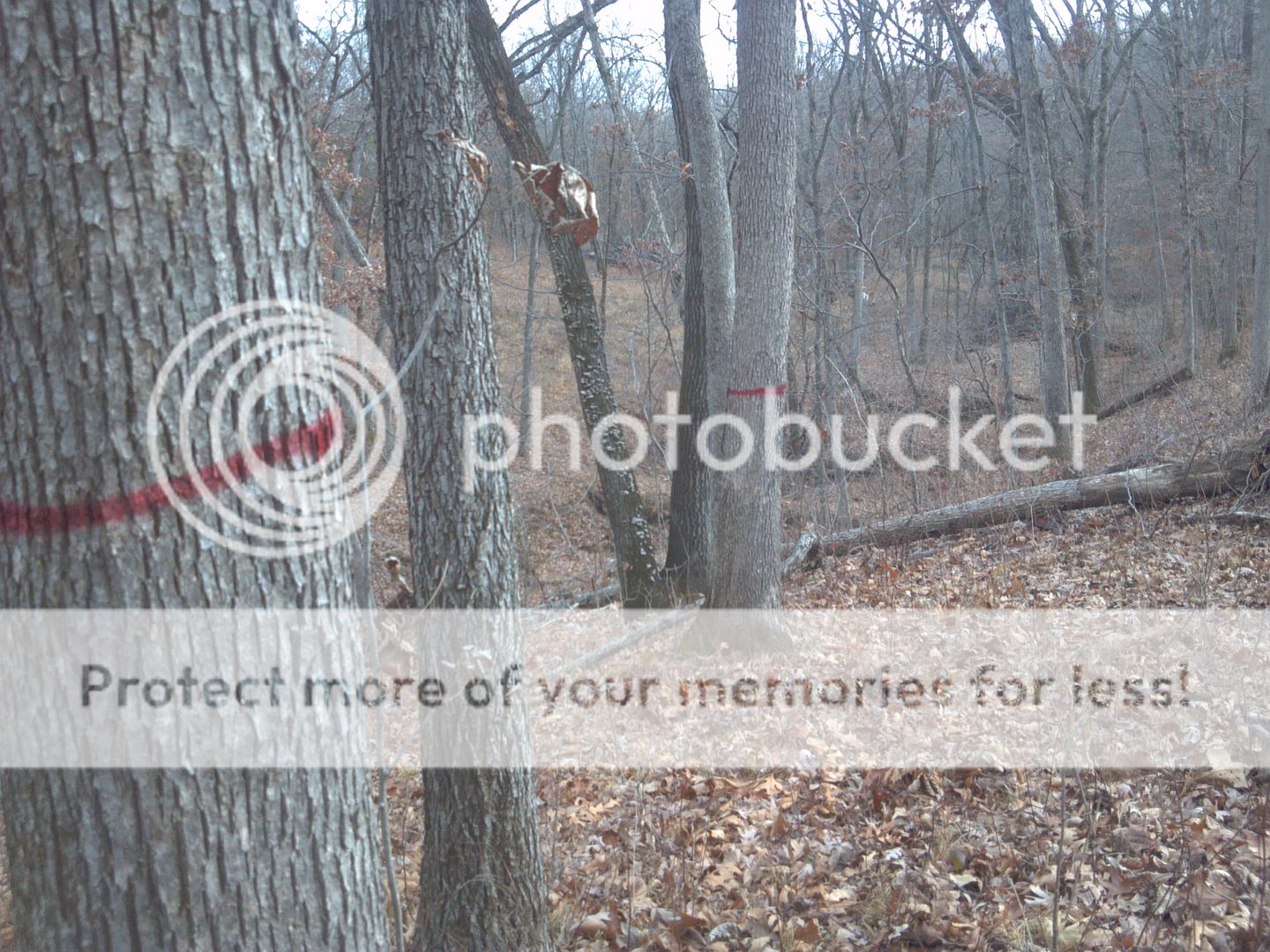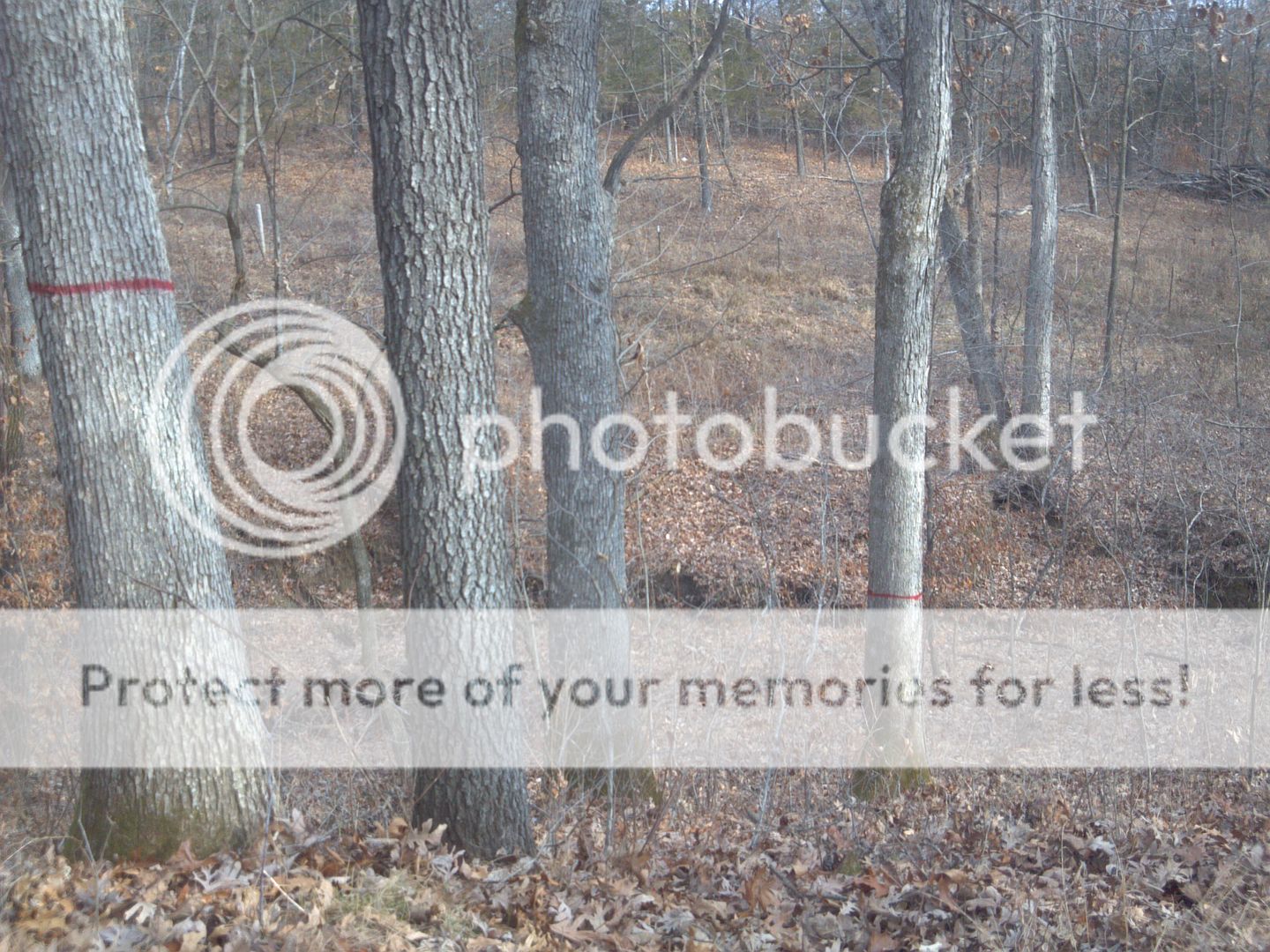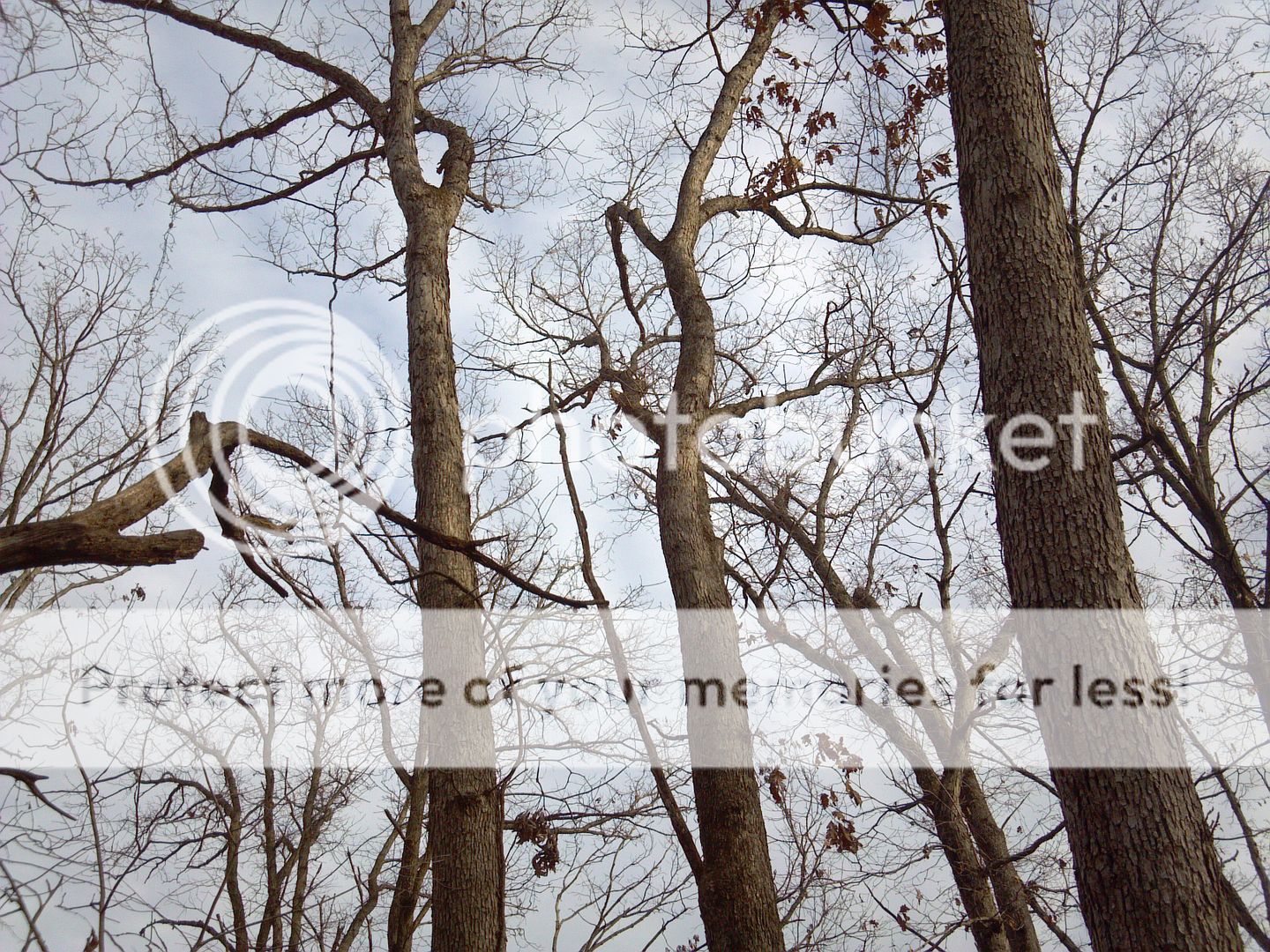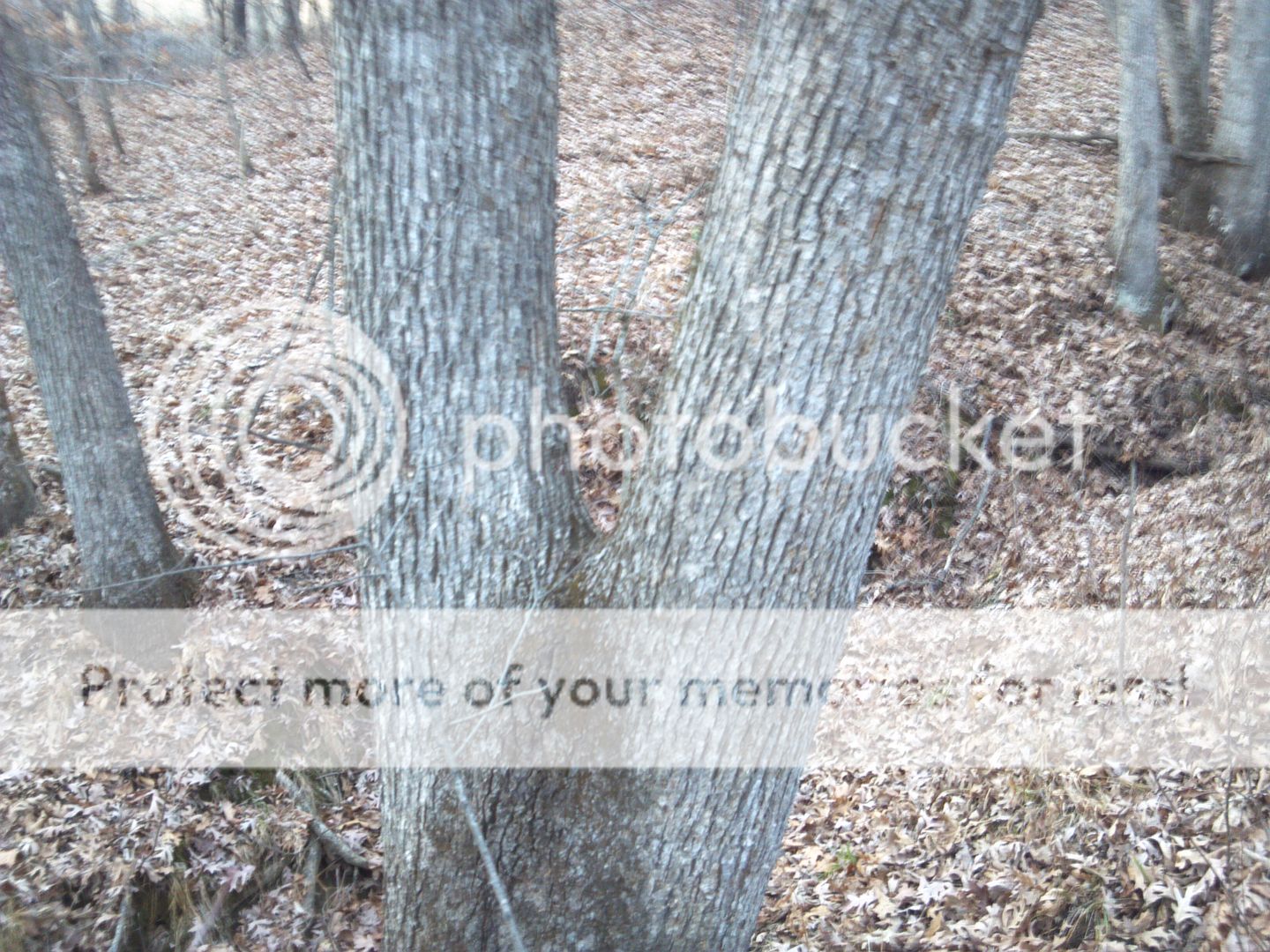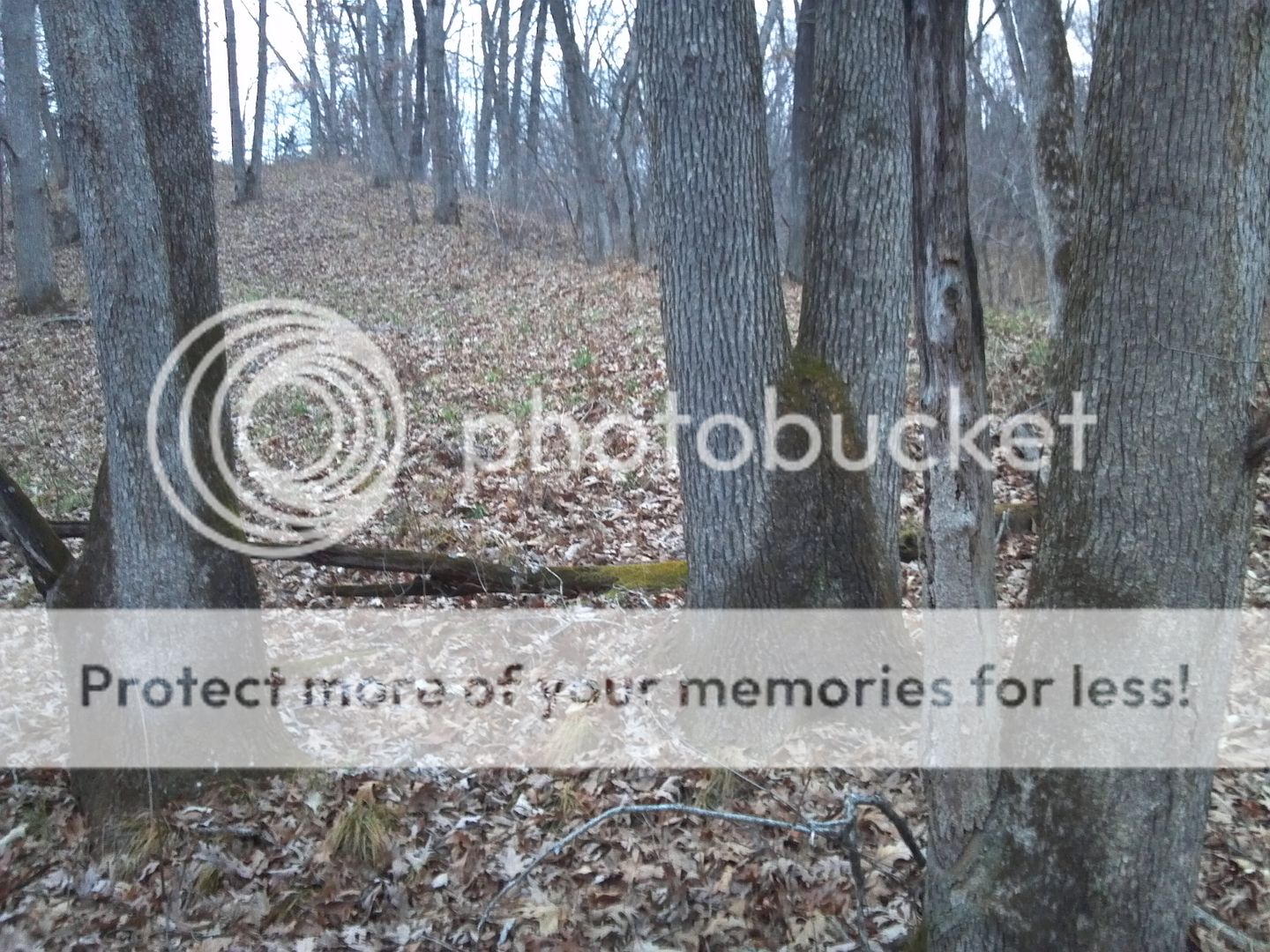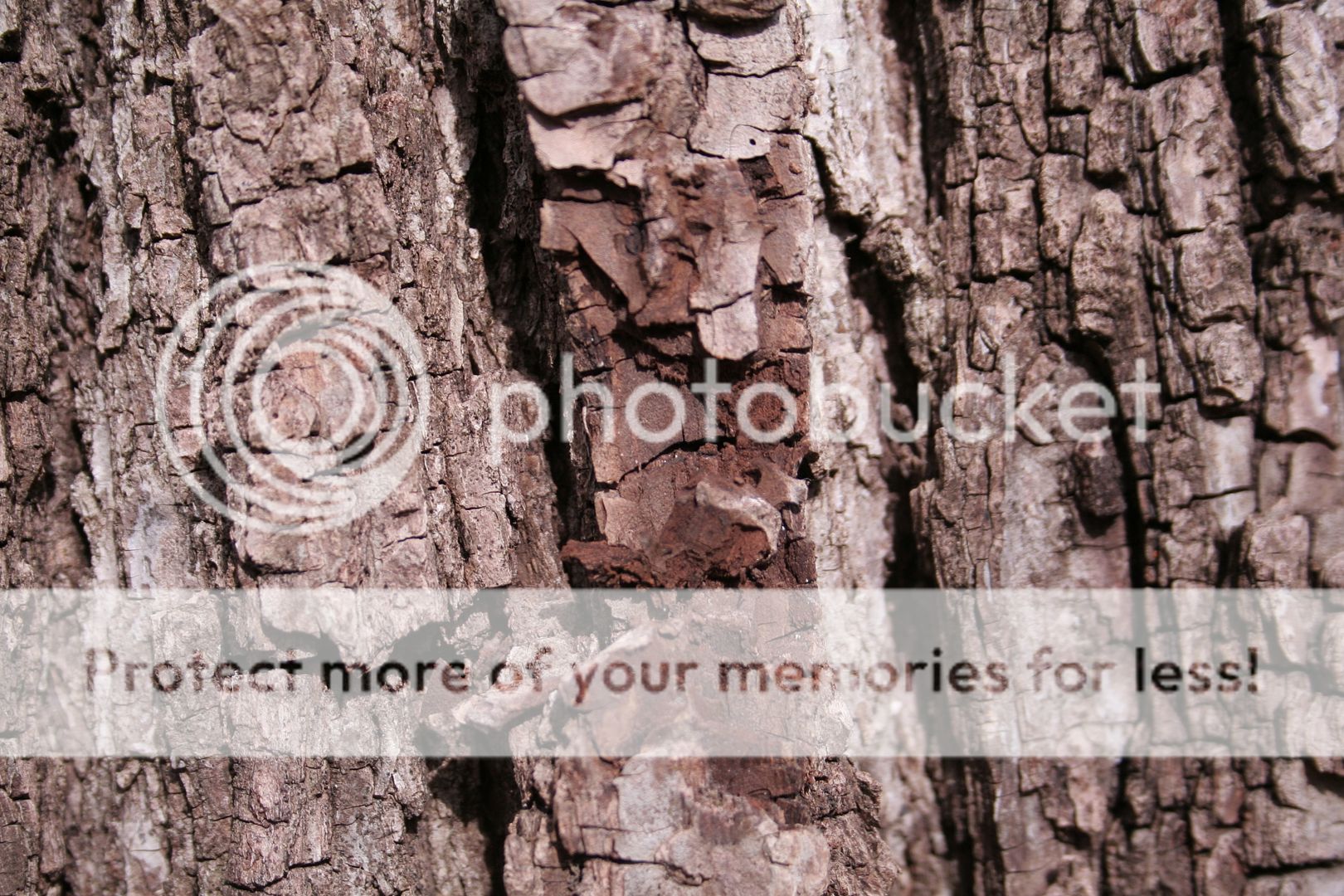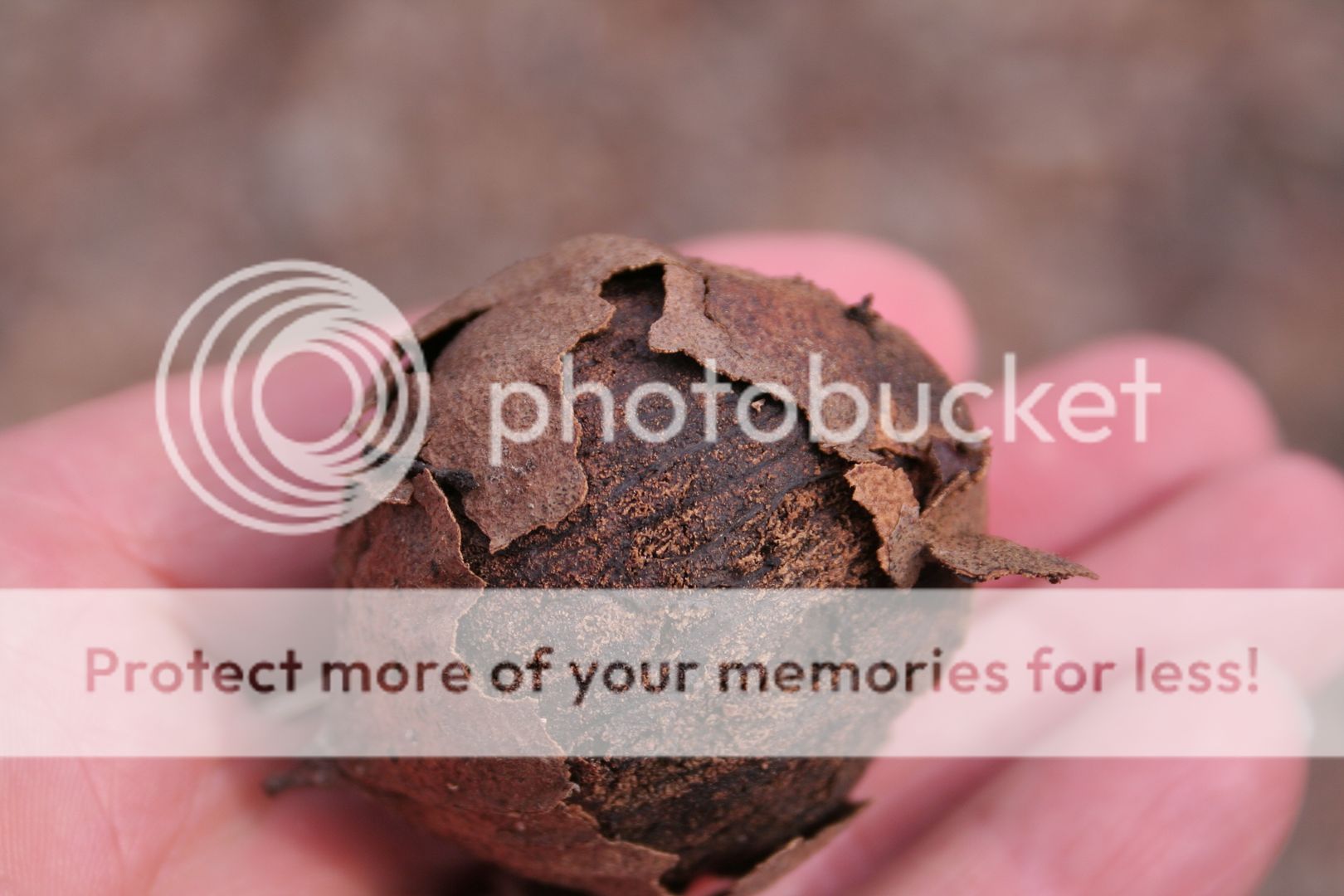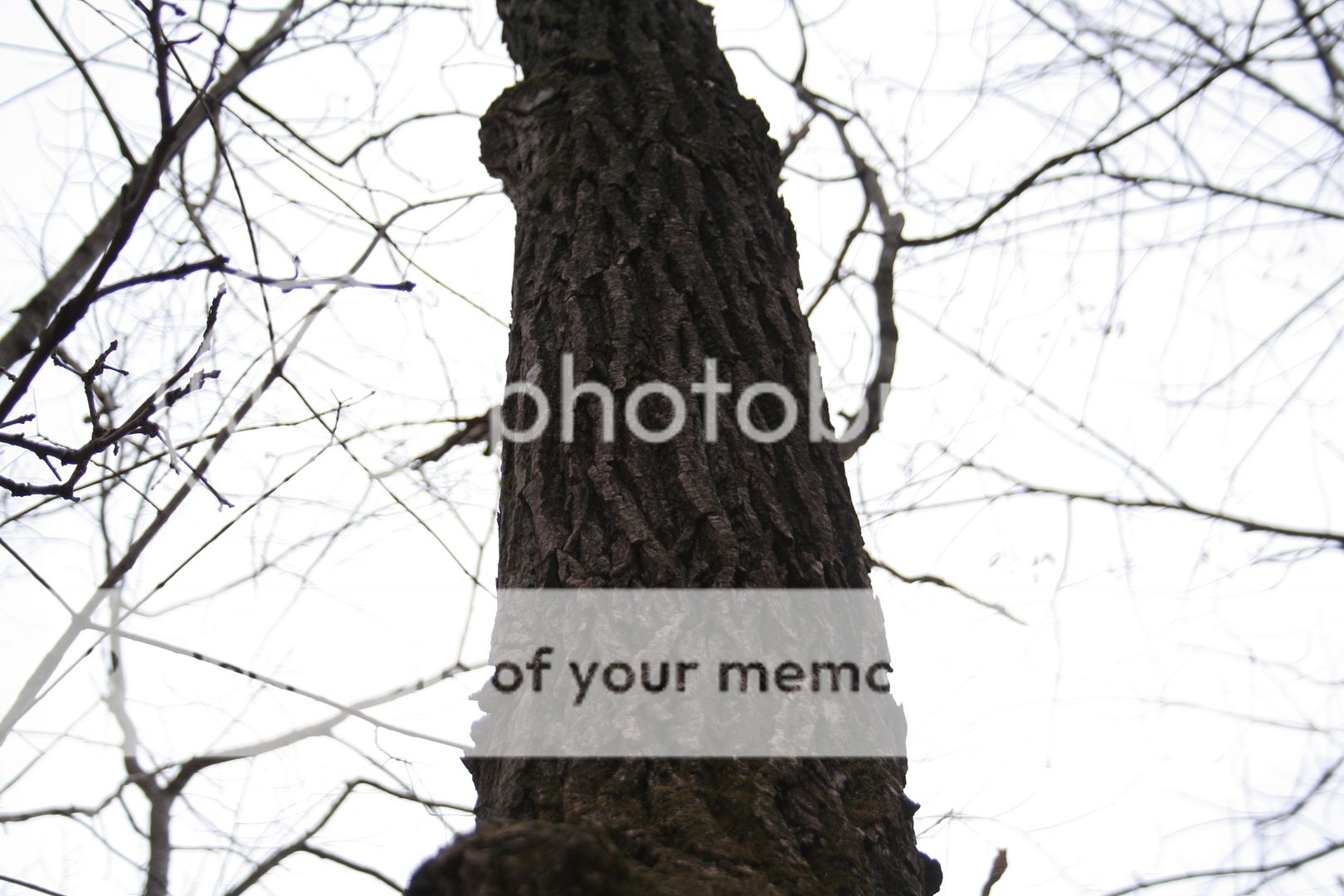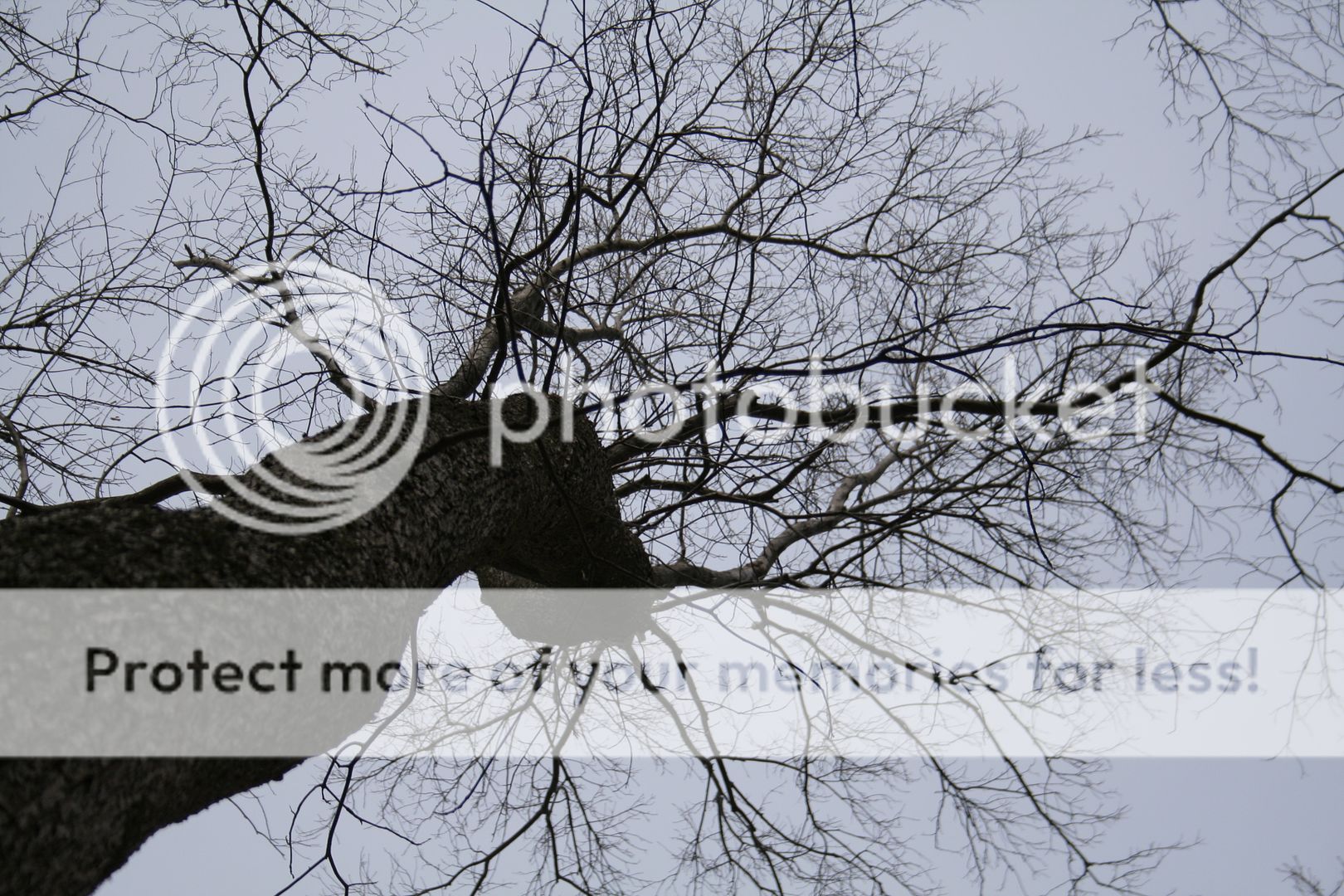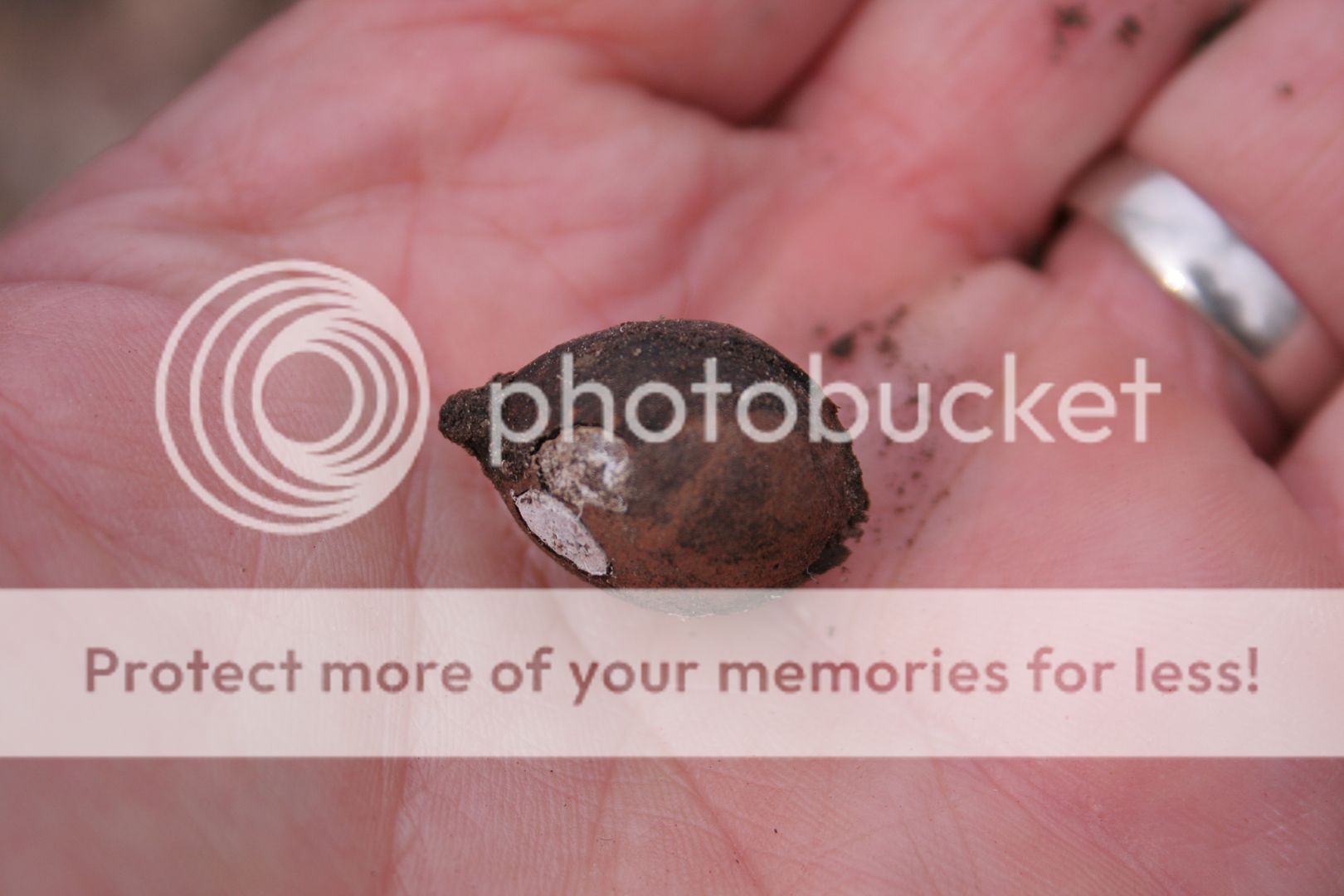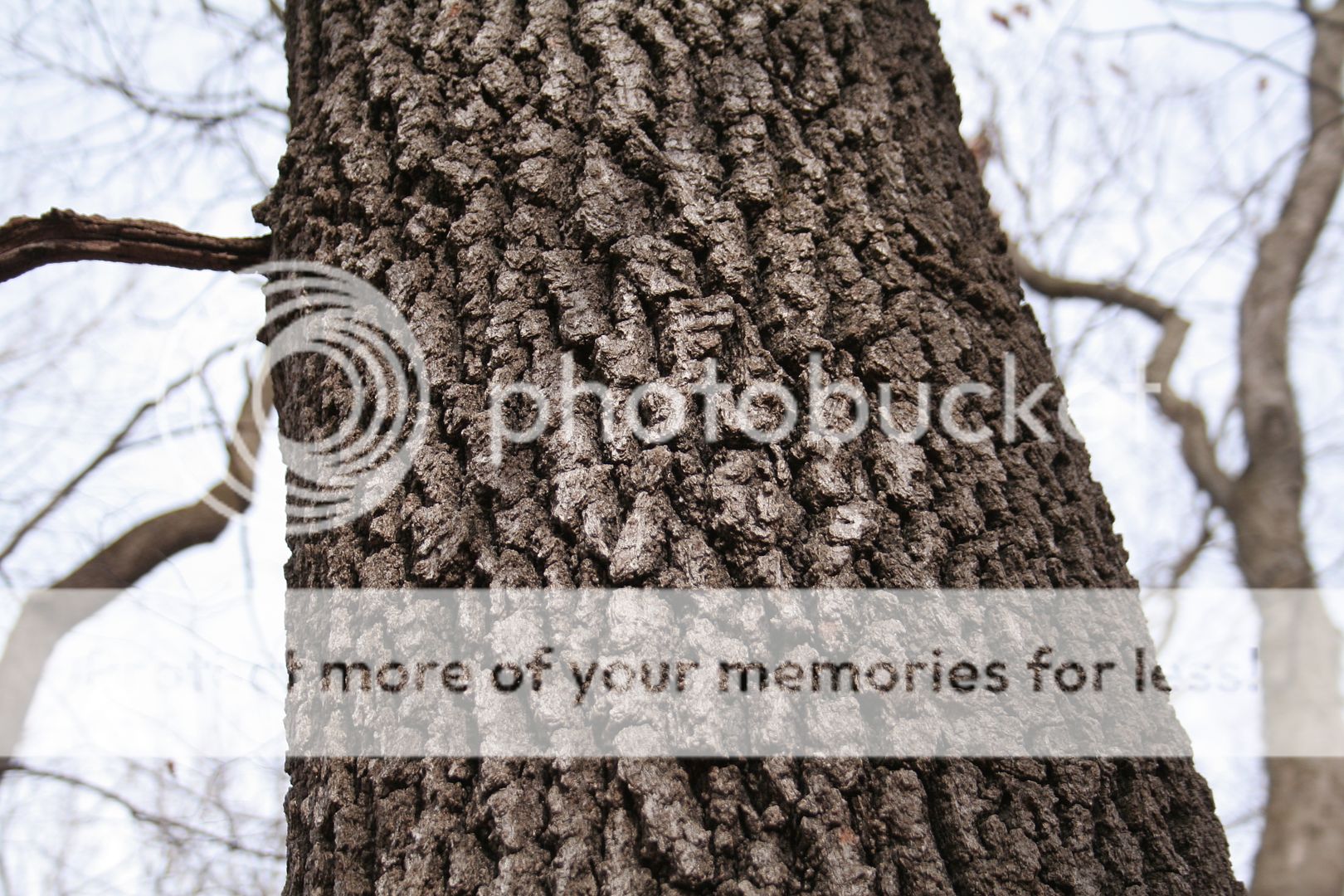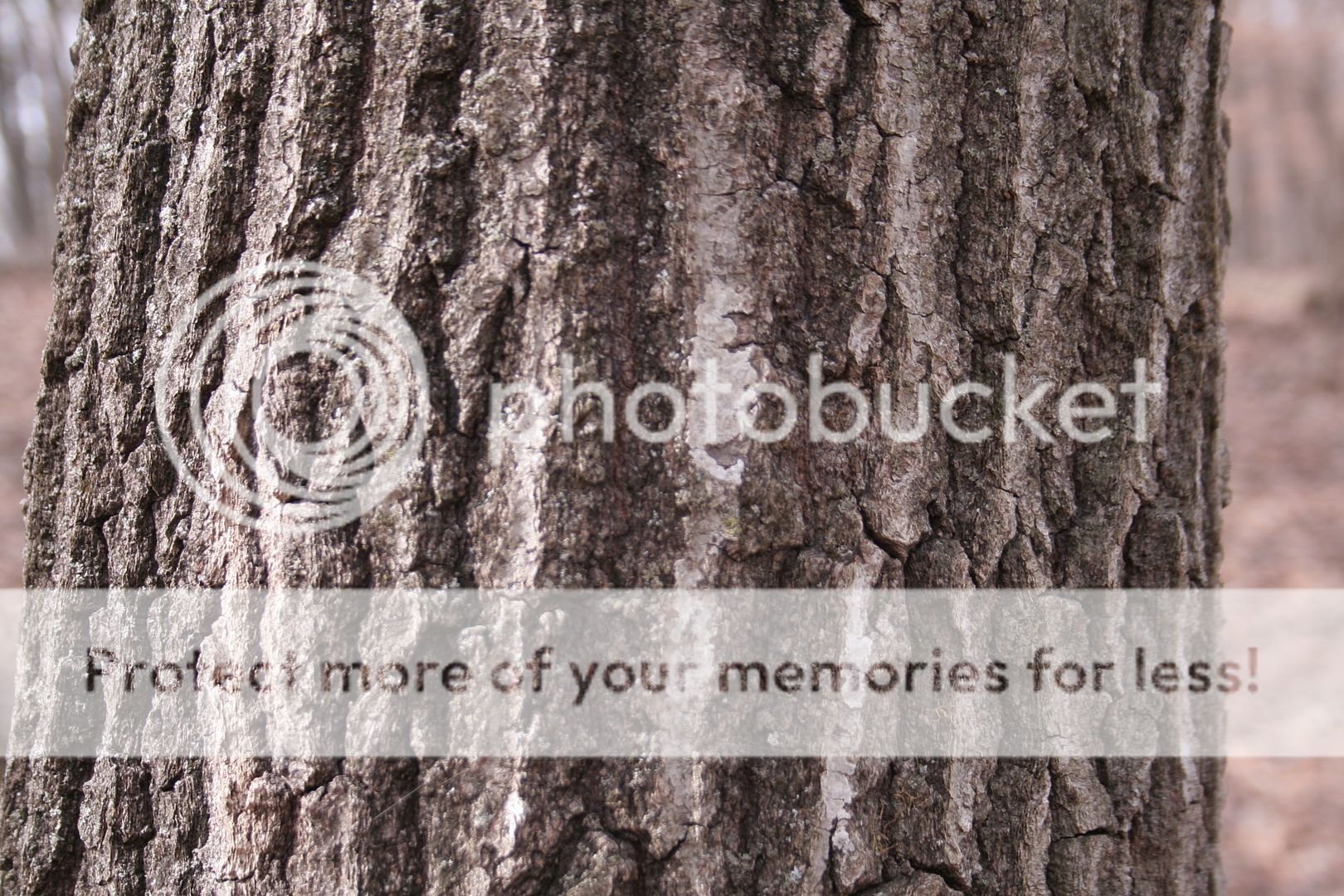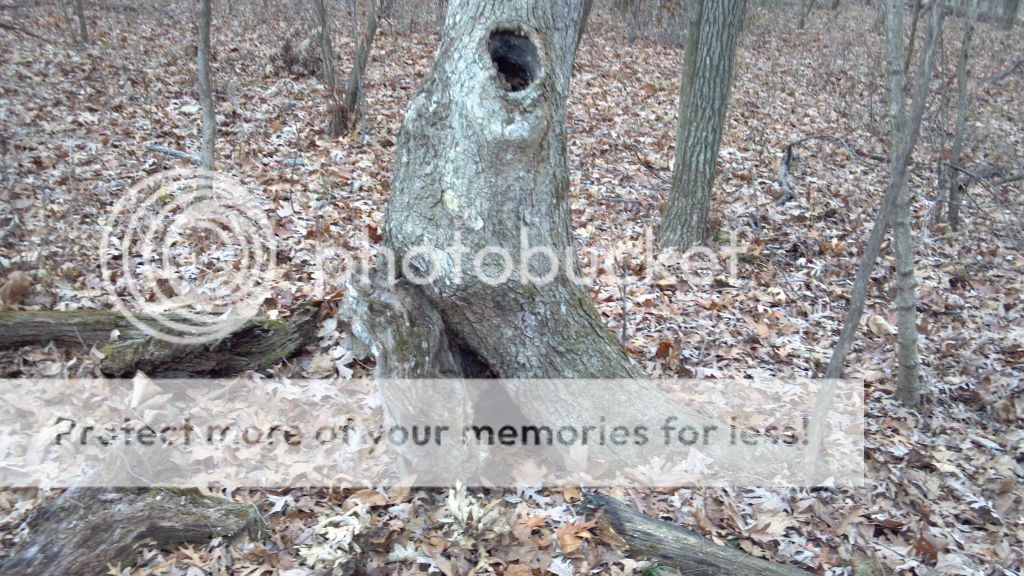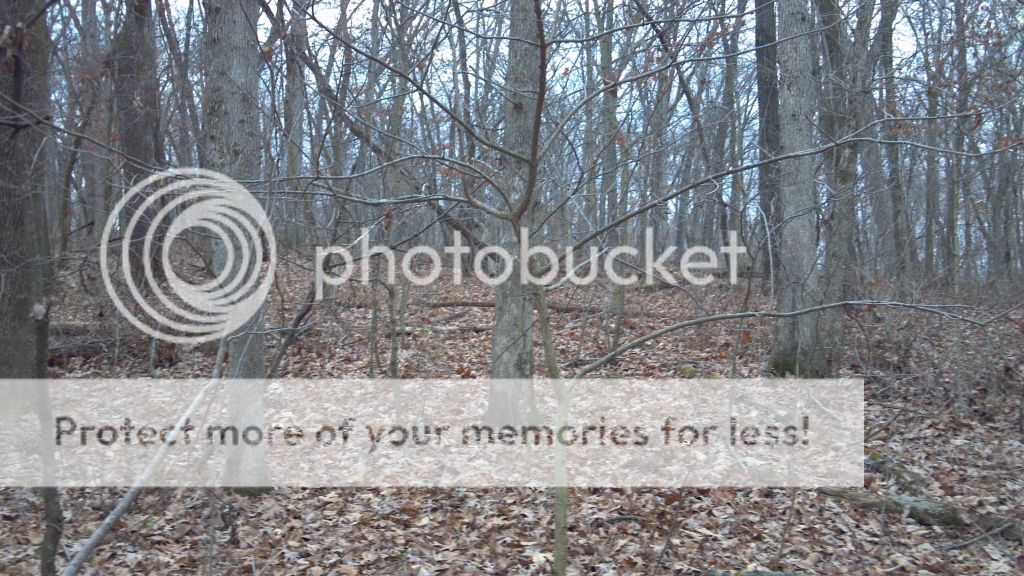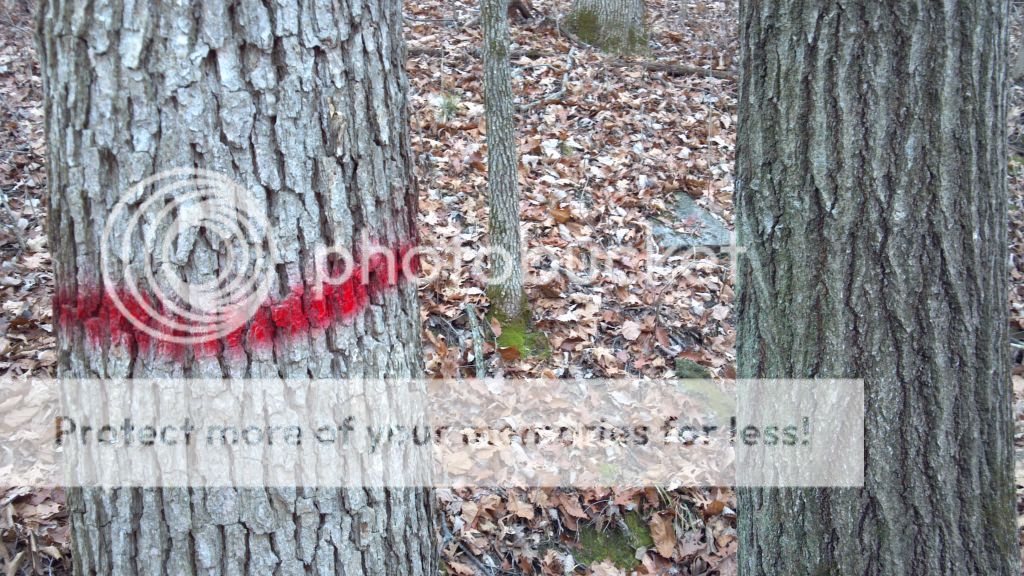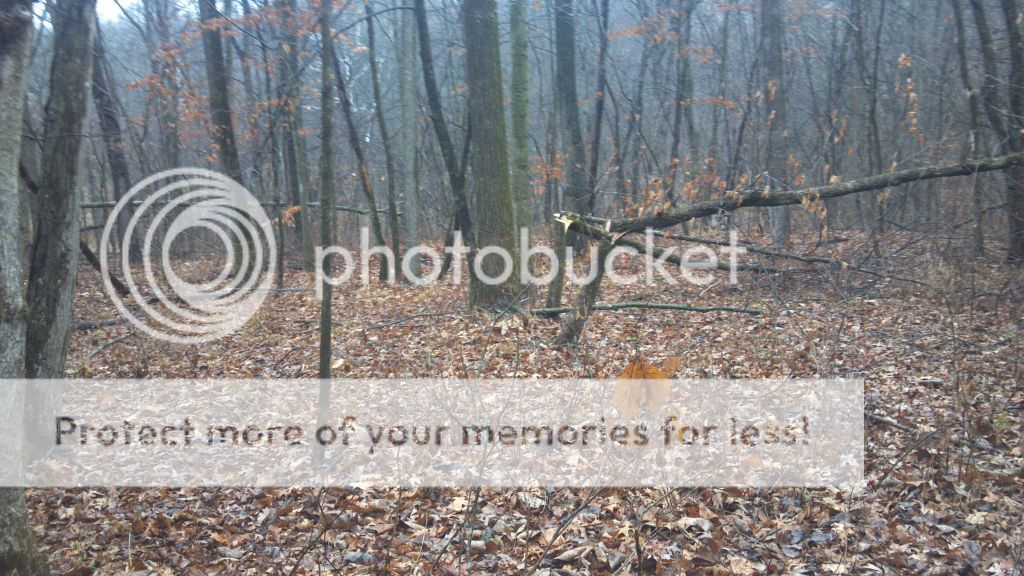Lost Arrow
Member
Timber Stand Improvement
Step 1 Marking Crop Trees
This is the time of year when we most commonly do TSI work which is typically comprised of two main operations....Crop Tree Release where crop trees are located, marked and then weed/cull trees are killed to release the crop trees and Weed Tree Removal where ALL weed trees are killed to encourage oak regeneration. They are somewhat the same of course but with slightly different goals, so while we can use hinging as a tool to release crop trees (or to fall weed trees) it should be remembered that the act of hinging trees is NOT considered TSI. Timber Stand Improvement generally requires a plan and may or may not be funded with cost share designed to enhance and encourage our hardwood timbers which in turn has long lasting and far reaching economic benefits.
A side benefit is that wildlife will also benefit from increased mast production and in most cases increased ground cover/undergrowth due to reduced canopy. I personally incorporate hinging cull trees into a CTR or WTR and most Forest Stewardship Plans will allow falling small trees which I just hinge rather then cut down.
For the novice landowner it is critical to start by walking your timber with your forester because you may find that logging mature trees may be your first step. I wonder how many of you would turn down $10,000 if it was offered to you??
Almost any 40 with mature trees could easily have that much value and in many cases double that so it would border on insanity to just start indiscriminately killing/hinging trees without being certain of what you have. Even a stand of mature maple could easily be worth the price of a new car so don't take these things for granted.
Marking crop trees then is critical because some stands may be ALL crop trees and you will need to decide which trees to kill and which are valuable crop trees that need to be released.
Forestry Suppliers carries all kinds of marking and measuring tools but for marking crop trees I simply use spray cans and a easy to use applicator handle from Menards and I carry spare cans in a backpack.
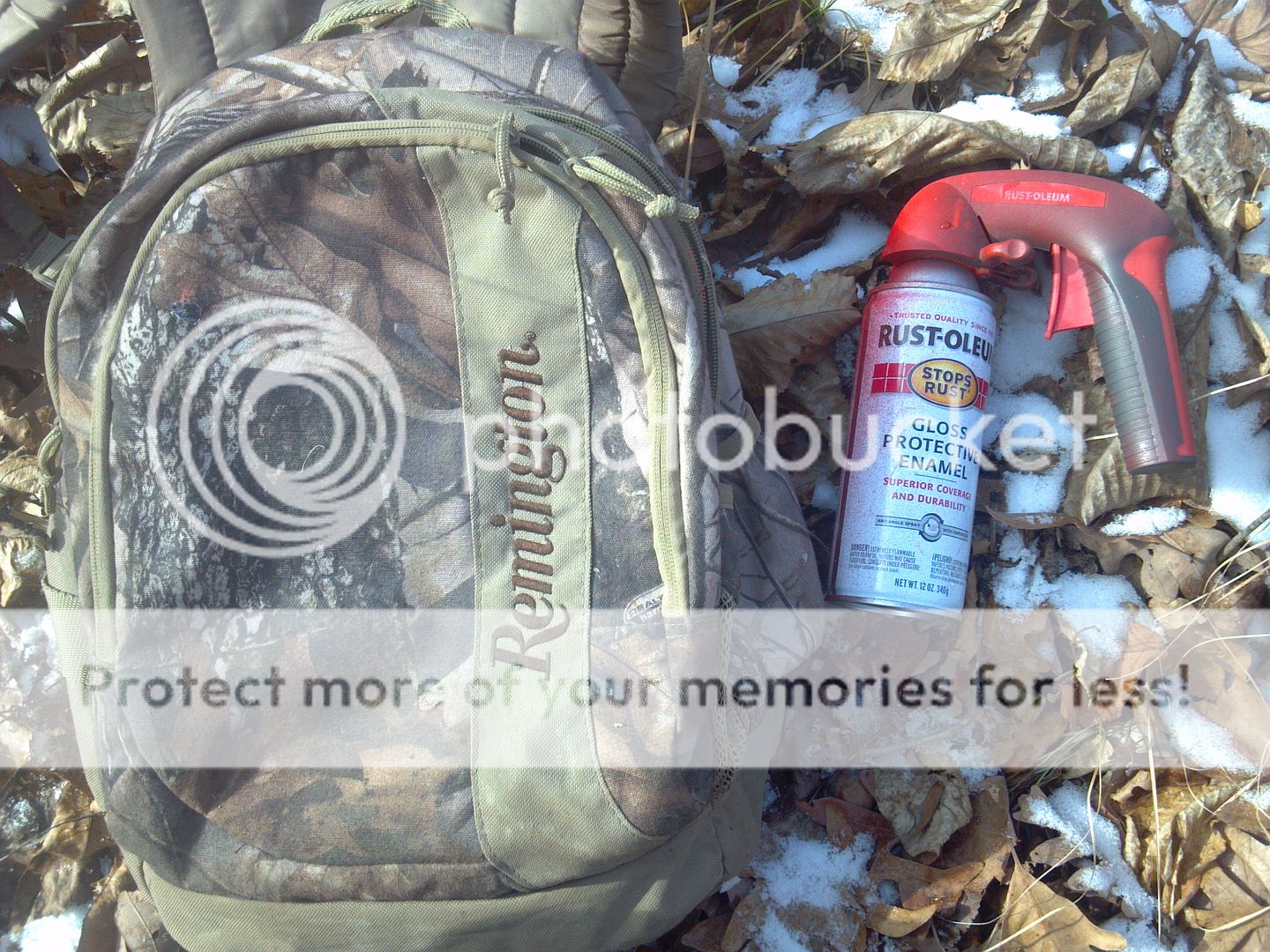
Cans with the larger nozzle work best, those with the old style often leak

It's difficult to see "the forest for the trees" as the saying goes so marking the crop trees first helps avoid making mistakes and allows us to inventory trees. In this pic you can see the red line on the large crop tree in the background.

Stands like this one have lot's of "junk" and few crop trees

making it relatively easy to mark the crop trees

but each stand is different and every landowner will be faced with unique situations and challenges that may leave the average landowner scratching their head on what to do?

Stands of pure white oak can be a nightmare to mark and require some thought and knowledge before doing so. Even two foresters will disagree on which trees to kill and which to leave standing.

I usually end up with a headache because marking requires looking at the canopies as much as the trees themselves.

Oaks like this are prime cull candidates when better specimens are in need of release

Without marking first, releasing these trees would be a confusing and time consuming task

Step 1 Marking Crop Trees
This is the time of year when we most commonly do TSI work which is typically comprised of two main operations....Crop Tree Release where crop trees are located, marked and then weed/cull trees are killed to release the crop trees and Weed Tree Removal where ALL weed trees are killed to encourage oak regeneration. They are somewhat the same of course but with slightly different goals, so while we can use hinging as a tool to release crop trees (or to fall weed trees) it should be remembered that the act of hinging trees is NOT considered TSI. Timber Stand Improvement generally requires a plan and may or may not be funded with cost share designed to enhance and encourage our hardwood timbers which in turn has long lasting and far reaching economic benefits.
A side benefit is that wildlife will also benefit from increased mast production and in most cases increased ground cover/undergrowth due to reduced canopy. I personally incorporate hinging cull trees into a CTR or WTR and most Forest Stewardship Plans will allow falling small trees which I just hinge rather then cut down.
For the novice landowner it is critical to start by walking your timber with your forester because you may find that logging mature trees may be your first step. I wonder how many of you would turn down $10,000 if it was offered to you??
Almost any 40 with mature trees could easily have that much value and in many cases double that so it would border on insanity to just start indiscriminately killing/hinging trees without being certain of what you have. Even a stand of mature maple could easily be worth the price of a new car so don't take these things for granted.
Marking crop trees then is critical because some stands may be ALL crop trees and you will need to decide which trees to kill and which are valuable crop trees that need to be released.
Forestry Suppliers carries all kinds of marking and measuring tools but for marking crop trees I simply use spray cans and a easy to use applicator handle from Menards and I carry spare cans in a backpack.

Cans with the larger nozzle work best, those with the old style often leak

It's difficult to see "the forest for the trees" as the saying goes so marking the crop trees first helps avoid making mistakes and allows us to inventory trees. In this pic you can see the red line on the large crop tree in the background.

Stands like this one have lot's of "junk" and few crop trees

making it relatively easy to mark the crop trees

but each stand is different and every landowner will be faced with unique situations and challenges that may leave the average landowner scratching their head on what to do?

Stands of pure white oak can be a nightmare to mark and require some thought and knowledge before doing so. Even two foresters will disagree on which trees to kill and which to leave standing.

I usually end up with a headache because marking requires looking at the canopies as much as the trees themselves.

Oaks like this are prime cull candidates when better specimens are in need of release

Without marking first, releasing these trees would be a confusing and time consuming task





